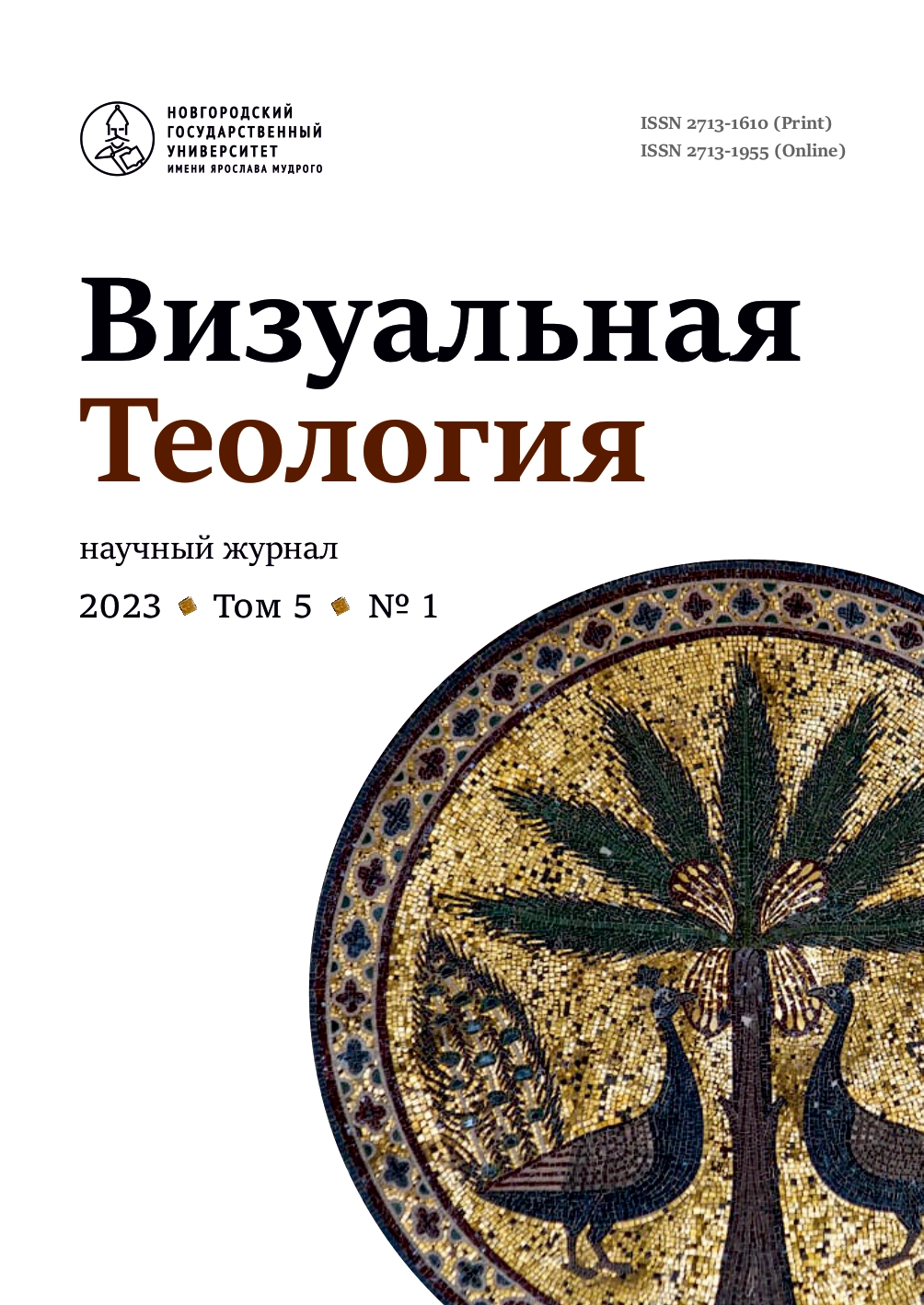Religious practices and church space in modern Russia
Abstract
The article discusses current trends in the formation of the church space in post-Soviet Russia. The author focuses on religious practices that result in the presence of symbolically significant objects – relics, votive gifts, donators’ icons, notes, etc., – in churches. These objects build the space of the church as a space of communication with the saints; they form an environment in which parishioners and pilgrims clearly see the channels and means of this communication. Some practices are carried out primarily by the clergy – such as collections of relics and brandea or ordering various reliquaries for keeping sacred objects which the church is either already having or planning to obtain. Collecting relics allows clergy to build the “topography of holiness” in the church, to present the uniqueness of the church in the parish and on the church website. Other practices are carried out primarily by parishioners and pilgrims – this is the bringing of votive gifts, notes, and donators’ icons (sometimes with inscriptions). Various objects that appear in the temple space can serve as affordances for such actions. First, these are wooden icon-cases covered with glass – ‘niches’ in which it is convenient and safe to place gifts. Secondly, these are ‘regular’ gifts – decorations placed on icons by the clergy (as a rule, pectoral crosses and panagia). Finally, the same role is played by the notes, the gifts, and the curatorial icons themselves – the presence of the gift serves as an invitation to do a similar action and bring a note / a jewelry or to order a new icon related to personal or family story (request, need). As a result of such practices, the church space in Russia is actively developing. Reliquaries of various forms are being created; relics are integrated into icons and crosses, turning them into reliquaries; massive icon-cases are ordered for icons, convenient for placing a lot of votive gifts, etc. These processes are sometimes hardly noticeable, but their role in the current church tradition is undoubtedly significant.


